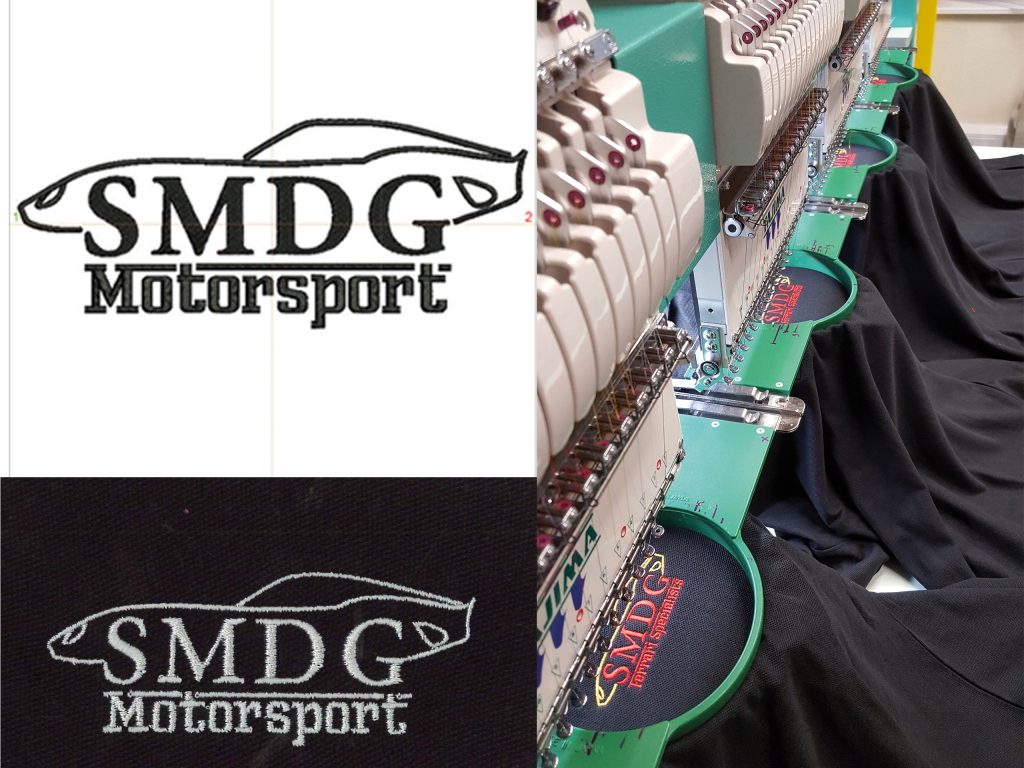Preferred artwork formats
Ideally, we would like a vector file supplied to us, such as an:
- ai
- eps
- With all fonts outlined and/or converted to paths.
- For all other formats including JPEG / PNG / TIFF / BMP please call for advice.
Email files to: accounts@appliedfx.co.uk
If you find your files are too large to be emailed we recommend using www.wetransfer.com or Dropbox.
You will be sent an artwork proof for approval before an order goes ahead.

Do you need a design? Talk to us about using our in-house design department.
If in doubt, submit what you have and we can advise accordingly.
Download our helpful PDF instructions
We have a helpful set of guidelines that can be downloaded as a PDF file [click this link of download].
Unsure about your artwork? Read our helpful tips below or submit your design for us to advise on. As always you can contact us to discuss on 01403 255442 or email [click to open new email].
Vector artwork explained
Vectors are scalable artworks that have no loss of quality, they also contain information so that we are able to cut the graphic from our long-life self-adhesive coloured vinyl.
A typical vector file will be an AI, EPS or CDR although some PDFs can also be vector.
Raster or Bitmap artwork will lose quality when enlarged (as demonstrated in fig 1, right).
Raster artwork cannot be vinyl cut without additional preparation work of the file. A typical raster file will be a JPEG, TIFF, PNG or BMP. However, raster files depend greatly on how they were originally saved and are not all created equally.

Hints and tips about different types of artwork for branding
Your design will be scanned and made into a digital file that our embroidery machines can use to replicate it, this will also give us something called a ‘stitch count’ and will separate the colours. Threads come in a wide variety of colours, so we can best match your design.
The clearer and simpler the design the better quality the embroidery will be.
A large and dense design will have a high stitch count and therefore be more costly. We can estimate the price of the embroidery once we have the stitch count.
Once the logo has been set up we have it on file and can use it again with no extra setup charge.
Each colour in the design will have its own screen, so the design must be separated.
The more colours in the design the more screens have to be created, therefore the higher the cost.
Inks can be mixed to match Pantone colours.
A printed design, which must be a high-resolution image, logo or photo which is then transferred onto the fabric of a garment.
Garments can be completely customisable with full-colour images, logos, shadows and patterns that wrap around the body in any colour.
Our plotter uses outlined paths vector artwork to trace these outlines and cut out specialist vinyl material from a sheet which is then heat applied onto the garment.
Vinyl colours for this type of transfer have a reduced colour palette, we can try to match colour designs and show a sample.
We can only use vector artwork which has been outlined.

